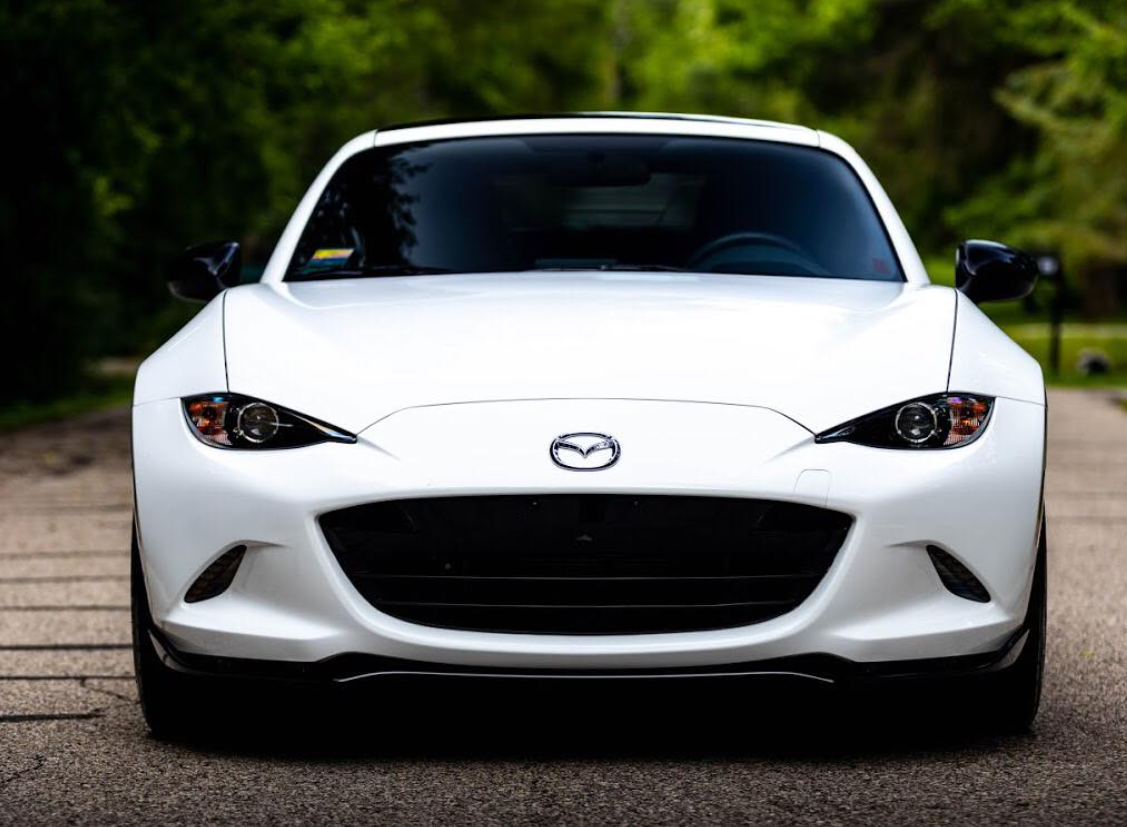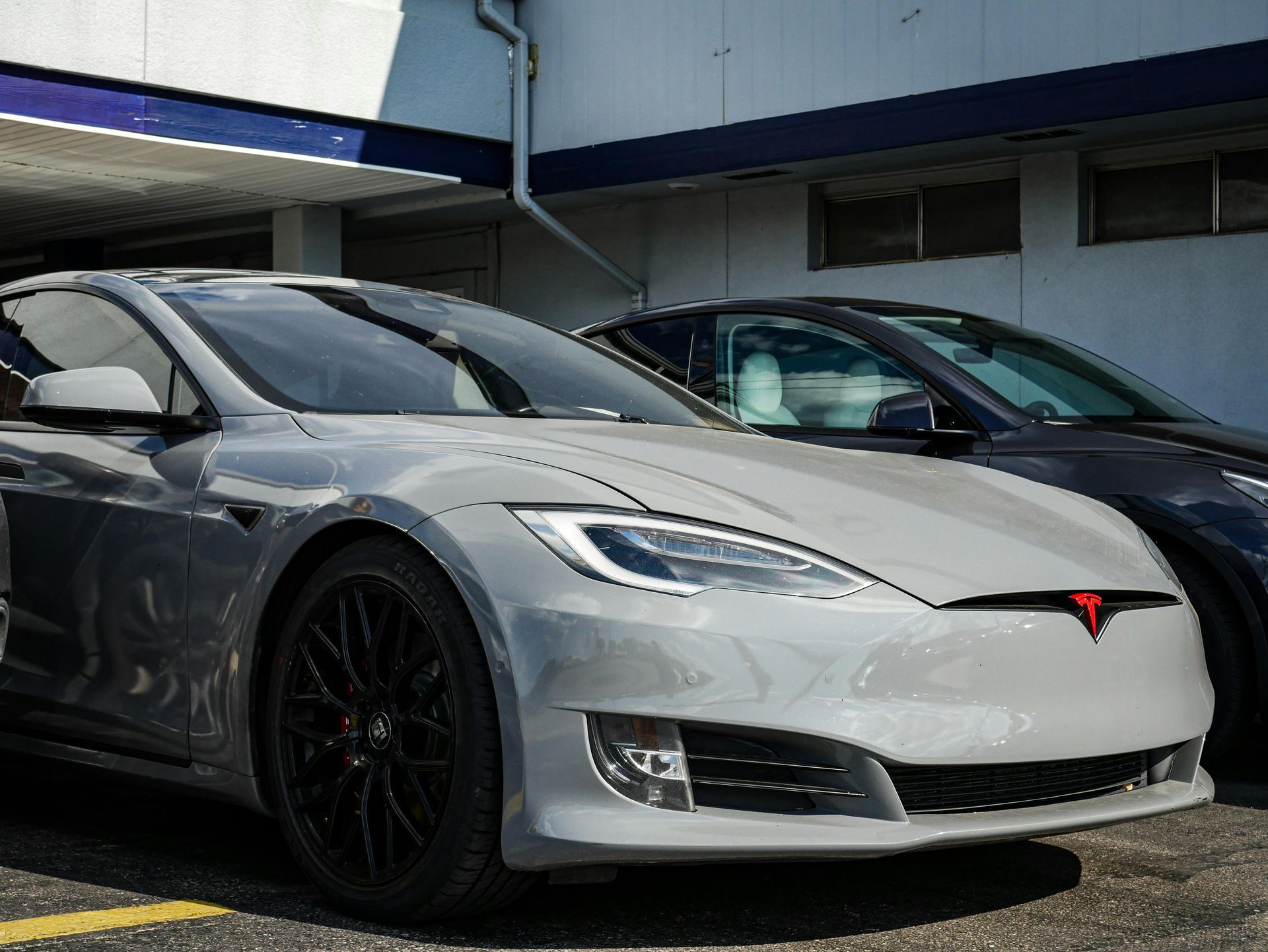Window tinting has become a go-to solution for many looking to enhance privacy, reduce heat, and protect interiors from UV rays. Yet, despite its popularity, a number of misconceptions continue to circulate, shaping the way people perceive window tinting. Here, we will debunk some of the most common myths about window tinting and provide clarity on how it actually works.
Myth #1: Window Tinting Is Just for Aesthetic Appeal
Many assume that window tinting is purely cosmetic—an option meant only to enhance the look of a vehicle or building. While it’s true that tinting can give cars, homes, or offices a sleek, sophisticated look, the benefits extend well beyond appearances.
Quality window tints are designed to block a significant percentage of harmful UV rays, reduce heat, and even add a layer of safety by holding glass together in case of impact. They can contribute to energy savings by minimizing the strain on air conditioning systems, which translates to lower energy bills for homeowners and less fuel consumption for vehicles.
Myth #2: Darker Tints Mean Better Protection
Another common belief is that the darker the tint, the more protection it provides. However, tint effectiveness isn’t strictly tied to its darkness. Modern tints, especially those made with advanced ceramic and nano-technology materials, offer high levels of UV protection and heat rejection without being excessively dark.
These lighter tints can
block up to 99% of UV rays and significant amounts of infrared heat, delivering comfort and protection without compromising visibility. In fact, many of the best-performing tints are almost transparent, allowing for natural light while still providing heat and UV protection.
Myth #3: Window Tinting Makes It Harder to See at Night
This myth arises from the assumption that any tinted window will block out light both ways, limiting visibility when it’s dark outside. While heavily tinted windows can affect night-time driving visibility, this is not the case with quality tints designed for safe driving in all conditions.
The industry offers a wide range of tints with varying light transmittance levels to accommodate different needs. Professionals usually recommend lighter shades for front windows to maintain visibility while driving at night. When correctly applied, the tint should reduce glare from oncoming headlights without making it difficult to see the road.
Myth #4: Window Tinting Damages Your Windows
Some believe that the tinting process can damage windows, especially in buildings or cars with certain types of glass. However, professional-grade tints, when installed by experts, are safe for any window type. Problems generally only arise with poorly installed or low-quality tint films.
In cases where tinting is done unprofessionally, adhesives may be improperly applied, or bubbles can form, which could eventually cause damage to the glass surface. But with high-quality materials and professional installation, window tinting enhances durability rather than compromising it. Moreover, tints can protect windows from minor scratches and help prevent shattering in accidents.
Myth #5: Window Tinting Is Only for Cars
While cars are often associated with window tinting, its applications go well beyond vehicles. Home and office windows can benefit significantly from tinting, providing UV protection, reducing heat, and enhancing privacy.
Residential and commercial window tinting has become more popular due to the energy savings and comfort it provides. By blocking infrared rays and reducing heat, window tinting can lower cooling costs in homes and workplaces, improve overall comfort, and protect interior furnishings from fading. In homes with large windows or skylights, tinting adds an extra layer of UV protection without needing curtains or blinds.
Myth #6: Window Tinting Is Illegal
Many people avoid window tinting, fearing legal issues. In reality, window tinting is legal in many places, provided it meets specific regulations. These regulations generally vary by state or country and often specify permissible levels of light transmittance for different windows on a vehicle.
For example, while rear windows may be allowed to have a darker tint, front side windows usually have stricter requirements to ensure clear visibility. For home and office windows, legal restrictions are typically less stringent, though it’s still wise to check local laws or consult a professional installer familiar with local regulations.
Myth #7: Window Tints Fade Quickly
Some assume that all window tints fade, bubble, or peel over time, diminishing their effectiveness and appearance. While this was once true for older, dyed film products, modern technology has led to the creation of durable, long-lasting tints.
High-quality window films, such as those made from ceramic or metallic materials, are designed to resist fading, peeling, and bubbling. These tints can last a decade or more with proper care. Professional installation is key to avoiding future issues, as poor installation techniques can shorten the life of the tint.
Myth #8: Window Tinting Blocks All Cell and GPS Signals
Concerns about cell phone and GPS signal interference have deterred some people from getting window tinting. This concern mainly stems from older, metallic-based tint films, which could reflect or disrupt signals to a minor extent.
Today, advanced materials such as ceramic tints are engineered specifically to avoid these issues, ensuring that devices can function normally. Modern tints are signal-friendly, allowing GPS and cellular devices to work just as effectively as they would through non-tinted glass.
Myth #9: Window Tinting Is Expensive
The perception that window tinting is overly expensive can deter people from considering it as an option for their vehicles, homes, or offices. However, while initial costs can vary depending on the tint quality and installation, it’s an investment that pays off over time.
For vehicles, tinting can improve resale value by keeping the interior in better condition. Homeowners and businesses can benefit from reduced energy costs, as tints help maintain cooler indoor temperatures, reducing reliance on air conditioning. Over time, these energy savings often offset the initial cost of window tinting, making it a cost-effective choice.
Myth #10: Any Tint Can Be Removed Without Issue
While it’s true that window tinting is removable, doing so without professional help can lead to problems. Many people attempt to remove tint films on their own, only to leave behind adhesive residue or, worse, damage the glass surface.
Removing tint safely requires specific tools and solvents. Professional tint removal ensures that the adhesive is completely eliminated without leaving any residue or damaging the glass. Attempting DIY removal can result in costly repairs, so it’s recommended to seek professional help when it’s time to replace or remove old tints.
Myth #11: Window Tinting Makes Cars Hotter in the Winter
This myth likely comes from the misconception that window tinting only functions to block out heat, which would seem counterproductive in colder months. However, window tinting isn’t solely about temperature reduction; it also adds insulation. Tints help maintain a stable indoor temperature by reducing the amount of heat that escapes through the windows, making it beneficial year-round.
While tinted windows can reduce the amount of heat entering a car or building in the summer, they also help retain warmth in the winter. This means that tinting contributes to a more consistent and comfortable temperature inside, regardless of the season.
Myth #12: All Window Tints Are the Same
A common misconception is that all window tint films offer the same level of protection, durability, and benefits. However, there is a wide range of tint options, from basic dyed films to advanced ceramic and carbon-based films, each offering different levels of performance.
High-end options, like ceramic tints, provide excellent UV and heat protection while being extremely durable. Basic dyed tints may offer some privacy and style but lack the durability and protection provided by advanced tints. Choosing the right type of tint depends on personal needs, budget, and desired benefits, which a professional installer can help evaluate.
Ready to Experience the Real Benefits of Window Tinting?
Avoid the pitfalls of common window tinting myths and ensure you get the best protection, privacy, and comfort for your vehicle. Schedule a consultation with Five Star Automotive Detailing to explore quality tint options tailored to your needs. Book your appointment today and enjoy the lasting benefits of professionally installed window tinting!








